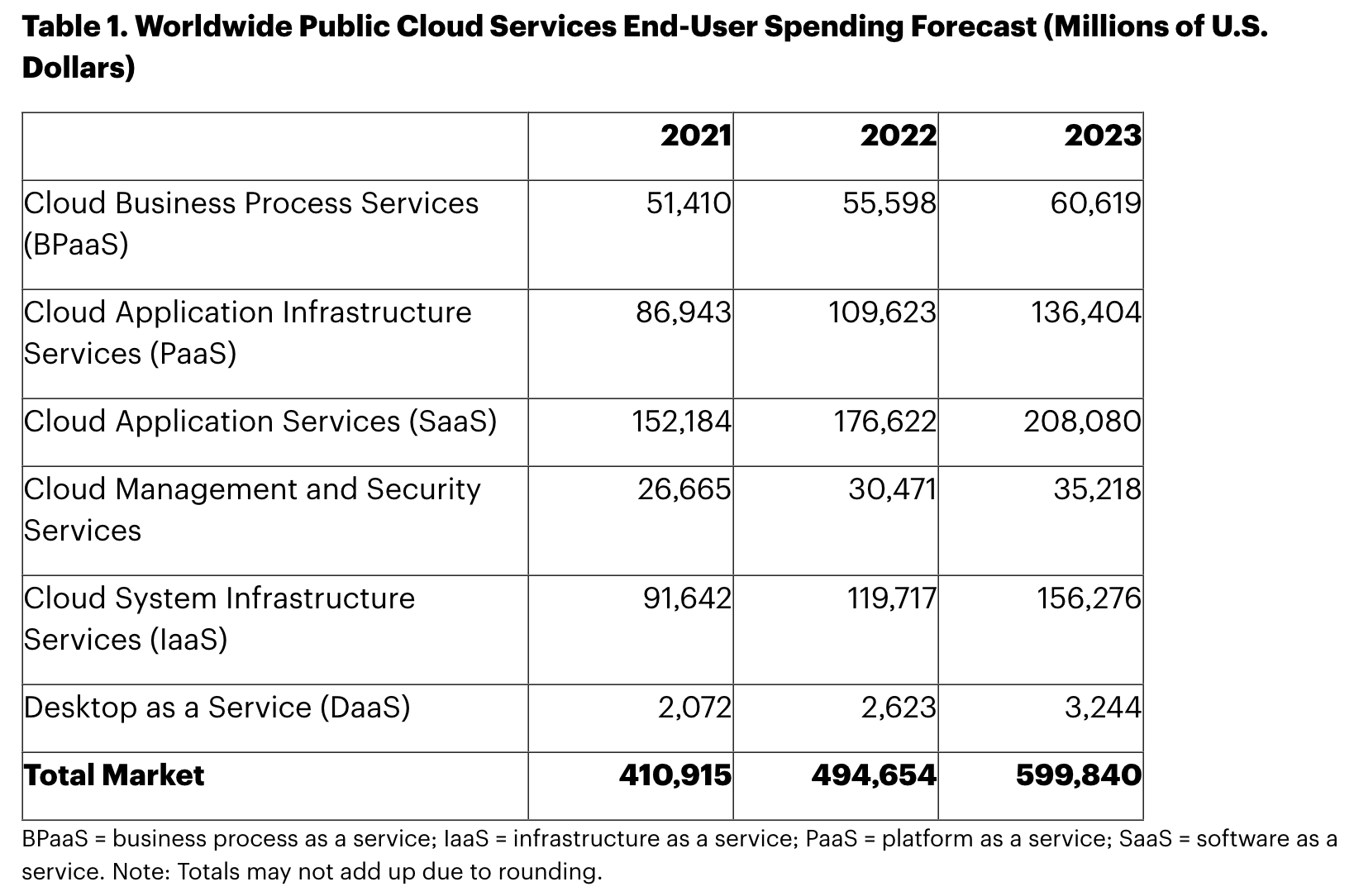

In a market that is on the downturn, it has never been more important to save money. Saving money in this market can mean saving jobs, preserving your share price, meeting your forecasts, or extending your runway. Saving money always has an impact, but right now it can be game changing. So, how can companies save money?
Software has been a ballooning line item for the past 10 years. With unrestrained access to all sorts of software and SaaS products, companies have stockpiled software. And it is costing a fortune. But how do you untangle what software is useful and what software is unneeded?
Software is out of control & there’s no end in sight. Gartner suggests that “Worldwide end-user spending on public cloud services is forecast to grow 20.4% in 2022 to total $494.7 billion, up from $410.9 billion in 2021” and “In 2023, end-user spending is expected to reach nearly $600 billion.”

I don’t know about you, but to me that’s a lot of spending & as a SAM professional it’s your job to curb that spending & make sure that every tool is as well deployed as possible.
Until recently, there has been no standard practice on how to rationalize your applications, and everyone is tearing their hair out trying to maintain a little bit of order.
Wouldn’t you love to be able to turn to your boss & say you saved your company thousands of dollars this year?
Software rationalization is the practice of understanding what you have and whether you need it. More and more companies are dedicating teams to this effort as they look to lower costs, vendor and operational risk, and shift budget from unneeded software to strategic platforms.
The problem with software rationalization today is that it is SLOW and arduous. It is difficult and can lead to unpleasantness that creates internal political battles that can drag on for months or years.
My cofounder James and I are passionate about software rationalization, we’ve talked about it in Techcrunch, Forbes, at renowned conferences IAITAM and IDAP, and on too many podcasts to count. We have developed a software platform that automates software consolidation identification, verification, and standardizes the process. Our clients save money by:
Removing software that they don’t need and/or no one likes
By helping teams see that when they need more budget, that they can shift budget from a product they don’t need to the more strategic solution, and
Keep their software ecosystem safe from buying anymore duplicative products.
In building the Clearfind platform, we’ve also developed a standardized application rationalization process. Our first recommendation for a team that is starting to take on application rationalization is to standardize the process. And we’re here to share the best practices we’ve learned to do it yourself.
Unsure where to start? You can either use the Clearfind platform or do so manually with our “Setting the Standard for Application Rationalization” handbook. You can download that here.
We use cookies to improve user experience, and analyze website traffic. For these reasons, we may share your site usage data with our social and analytics partners. To read more about your options, view our Privacy Policy.